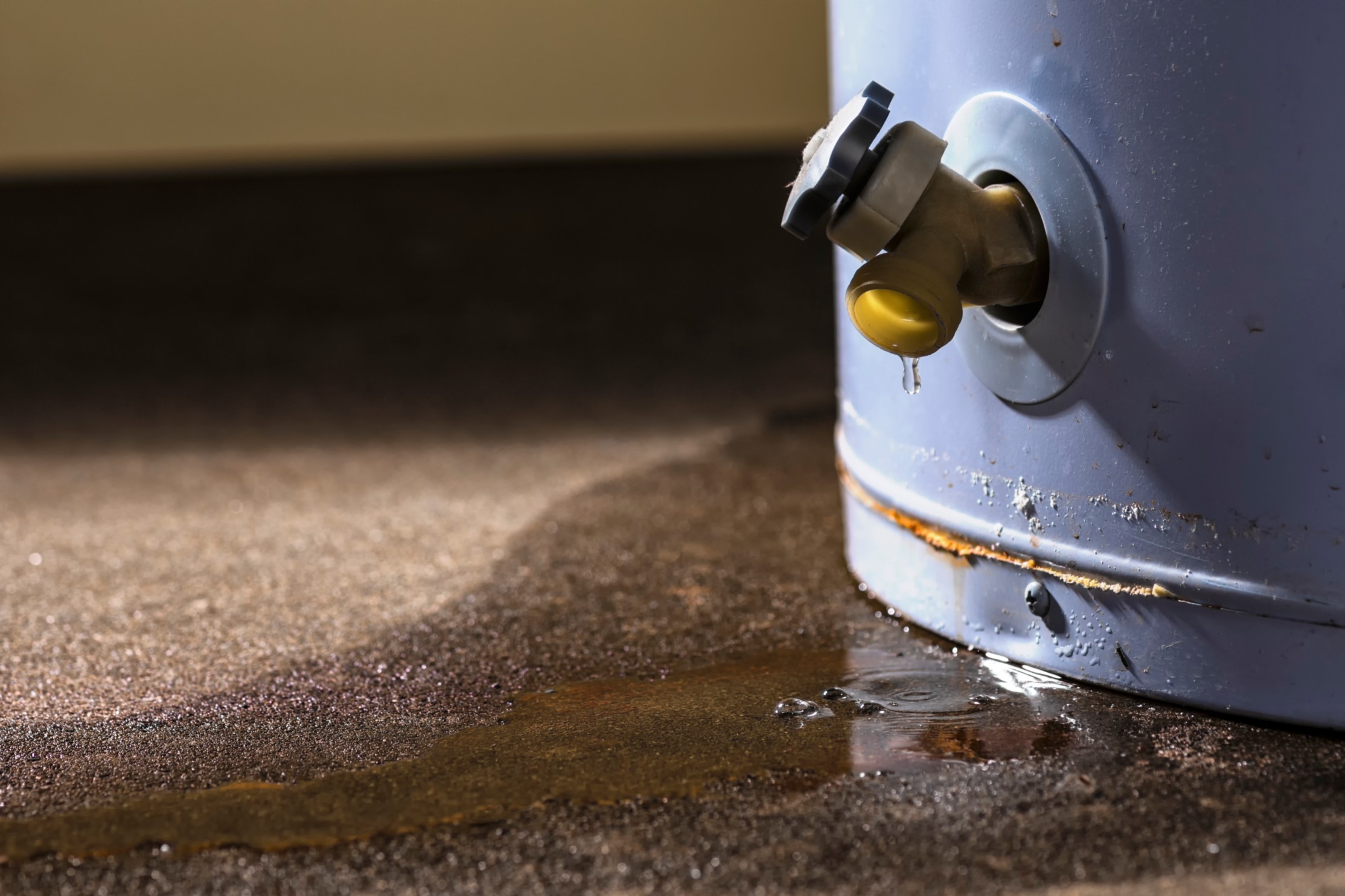How to Effectively Care for Your Home's Hot Water SystemEffective Techniques for Maintaining Your Home's Hot Water System
How to Effectively Care for Your Home's Hot Water SystemEffective Techniques for Maintaining Your Home's Hot Water System
Blog Article
Have you been trying to locate help concerning Water Heater Maintenance Tips You Can't Afford to Forget?

Warm water is necessary for daily convenience, whether it's for a refreshing shower or washing recipes. To guarantee your hot water system runs effectively and lasts much longer, routine upkeep is vital. This write-up offers useful suggestions and understandings on just how to keep your home's hot water system to stay clear of disturbances and expensive repair services.
Intro
Maintaining your home's hot water system could seem difficult, however with a couple of straightforward steps, you can guarantee it runs smoothly for years to find. This overview covers everything from comprehending your hot water system to do it yourself upkeep tips and knowing when to hire expert aid.
Value of Maintaining Your Hot Water System
Regular maintenance not only expands the lifespan of your hot water system however additionally guarantees it operates efficiently. Ignoring upkeep can result in reduced performance, greater energy expenses, and even early failing of the system.
Indicators Your Warm Water System Needs Maintenance
Recognizing when your warm water system needs interest can avoid major concerns. Keep an eye out for indications such as irregular water temperature, strange noises from the heater, or corroded water.
Comprehending Your Warm Water System
Before diving into upkeep jobs, it's handy to recognize the standard parts of your hot water system. Generally, this includes the hot water heater itself, pipelines, anode rods, and temperature controls.
Month-to-month Upkeep Tasks
Regular month-to-month checks can help capture small problems before they rise.
Purging the Water Heater
Purging your hot water heater removes debris accumulation, improving performance and lengthening its life.
Checking and Changing Anode Rods
Anode rods stop corrosion inside the storage tank. Examining and changing them when worn is crucial.
Inspecting and Adjusting Temperature Level Setups
Adjusting the temperature level settings ensures optimum efficiency and safety.
Do It Yourself Tips for Upkeep
You can execute a number of upkeep jobs on your own to keep your hot water system in leading problem.
Checking for Leakages
On a regular basis check pipes and connections for leakages, as these can cause water damage and greater expenses.
Examining Stress Relief Valves
Examining the stress relief valve guarantees it functions correctly and stops too much stress buildup.
Protecting Pipes
Shielding hot water pipelines minimizes heat loss and can conserve energy.
When to Call a Specialist
While DIY upkeep is helpful, some problems call for professional expertise.
Facility Issues Calling For Professional Assistance
Examples consist of major leaks, electric problems, or if your hot water heater is continually underperforming.
Routine Specialist Maintenance Conveniences
Professional upkeep can include detailed inspections, tune-ups, and guaranteeing conformity with security criteria.
Final thought
Regular maintenance of your home's warm water system is important for performance, longevity, and cost financial savings. By adhering to these suggestions and recognizing when to seek expert aid, you can guarantee a reputable supply of warm water without unanticipated disruptions.
Water Heater Maintenance Tips
Test the TPR Valve
Shut off the power and the cold-water supply valve. Place a bucket under the pipe connected to the temperature-pressure-release (TPR) valve on the top or side of the tank. (This valve opens if the tank pressure gets too high.) Lift the valve’s tab to let some water out, then let go. If water keeps flowing, drain the tank partway, unscrew the old valve with a pipe wrench, and install a new one. Check the Anode Rod
Put a hose to the tank’s drain cock and let out a few gallons of water. Now fit a 1 1/16-inch socket onto the rod’s hex head on top of the heater (or under its top plate) and unscrew the rod. If it’s less than ½ inch thick or coated with calcium, buy a new one, wrap its threads with Teflon tape, put it back in the tank, and tighten securely. Use this segmented rod if headroom above the tank is limited. Drain the Tank and Wash Out Sediment
Drain the remaining water in the tank into the bucket, then stir up the sediment on the tank’s bottom by briefly opening the cold-water supply valve. Drain and repeat until clean water comes out of the hose. Close the drain cock, refill the tank, and turn its power back on. Adjust the Temperature
Find the temperature dial on the side of the tank and unscrew its cover. Adjust the dial to 120 degrees using a flathead screwdriver. For every 10 degrees the temperature is lowered, you can expect to save up to 5 percent in energy costs. Turn the water heater off or the thermostat down to its lowest setting if you plan to be away from home for more than three days. Insulate the Pipes
Buy some self-sticking 3/8-inch-thick foam pipe insulation that matches the pipes’ diameter. Slide the foam over the hot-and cold-water pipes as far as you can reach. Insulating the cold-water pipe prevents condensation in summer. Peel the tape and squeeze the insulation closed. If the pipe is 6 inches or less from the flue, cover it with 1-inch-thick unfaced fiberglass pipe wrap. https://www.thisoldhouse.com/plumbing/21016402/how-to-maintain-a-water-heater

Do you enjoy more info about Water Heater Maintenance Tips You Can't Afford to Forget? Give feedback down the page. We will be glad to listen to your thoughts about this write up. Hoping to see you back again in the near future. Are you aware of anybody else who is sincerely interested in the topic? Take a moment to share it. Thanks for being here. Revisit us soon.
Start Now Report this page